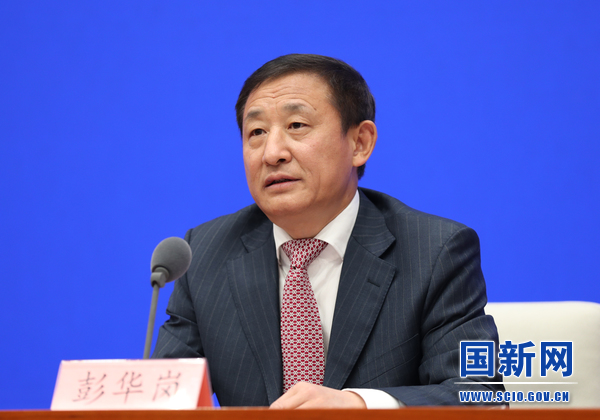China's central SOEs report 11.8% fall in revenues
China's centrally-administered state-owned enterprises (SOEs) saw profits and revenues dive during the first quarter, due to multiple downward factors including the novel coronavirus epidemic and slumping oil prices, the country's state asset regulator said Monday.
China's centrally-administered state-owned enterprises (SOEs) saw profits and revenues dive during the first quarter, due to multiple downward factors including the novel coronavirus epidemic and slumping oil prices, the country's state asset regulator said Monday.

Revenues fell 11.8 percent year on year to 6 trillion yuan (about US$857.14 billion) during the first quarter, while profits plunged 58.8 percent year on year to 130.4 billion yuan, Peng Huagang, spokesperson for the State-owned Assets Supervision and Administration Commission of the State Council, told a press conference.
Over 80 percent of central SOEs reported falling revenues during the period, he said.
However, most central SOEs fared better in March as the epidemic waned and they revved up work resumption. Their revenues reached 2.2 trillion yuan last month, recovering to the level seen in January.
It's a "hard-earned result," as the central SOEs have faced unprecedented challenges such as the coronavirus epidemic and slumping oil prices during the first quarter, Peng said.
So far, 99.4 percent of central SOEs have resumed production, he added.
Investment in key industries has kept steady growth in the first quarter. Fixed-asset investment of petrochemical SOEs jumped 12.4 percent year on year, while that of telecommunications SOEs and electricity SOEs grew 12.3 percent and 2 percent, respectively.
Central SOEs will endeavor to stabilize operations, bolster supply chains, as well as prevent bankruptcies, dramatic pay cuts and layoffs, Peng said.

